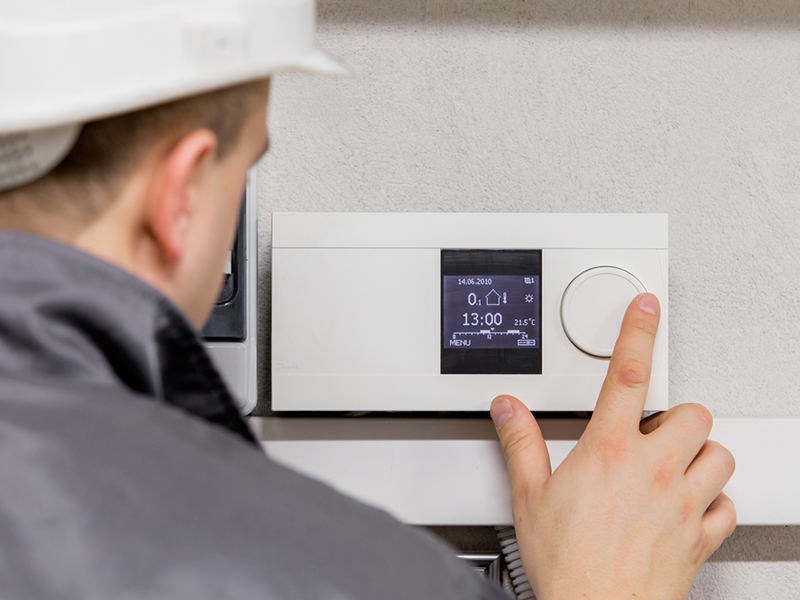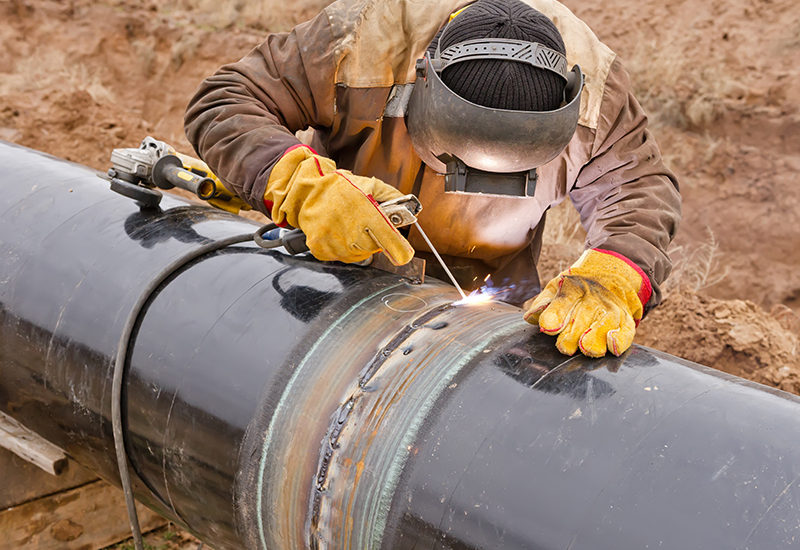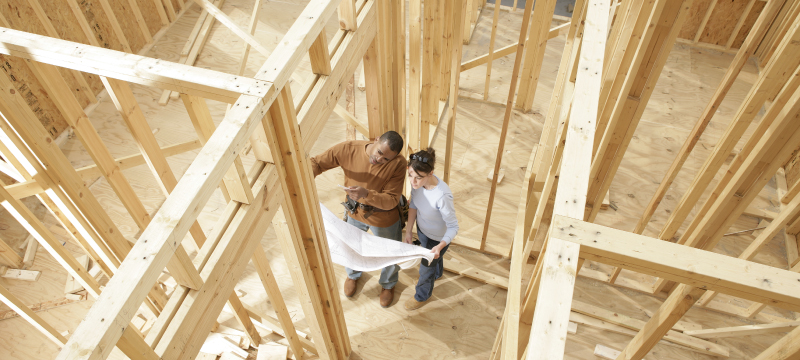Choosing a heating and cooling system isn’t as straightforward as going with an option that will cool a specific size home. Many other important factors must be taken into consideration to properly match a home or small office to an effective HVAC system. You need the right tools and a good understanding of why a particular HVAC unit may not work effectively with a home that fits its suggested size range. In addition to the fact that a system that is too small or too large will not heat or cool effectively, here are many other factors to consider.
The Age of the Home
An HVAC retrofit will be necessary if the home’s existing ductwork or ventilation system is lacking. Older homes don’t hold heat or conditioned air as efficiently as newer homes in many cases, so some concessions may need to be made. Make sure the electrical system can handle the chosen unit before installation begins.
Sun-Exposed Exterior Walls and Windows
The number and condition of exterior walls and windows that receive a lot of sunshine will affect the heating and cooling system. As more heat enters through the windows, the heating has to work less to maintain a temperature, and the opposite is true when the windows allow heat to enter and the HVAC system is trying to cool.
New windows are one way to help the chosen HVAC unit work at its full potential. Double paned or triple paned windows increase the overall efficiency of the home. New window treatments such as blinds, sunshades, or curtains will keep the unit from working so hard to maintain the temperature.
The Number of Hours the Home Receives Direct Sunlight
The more hours the home is in direct sunlight, the more difficult it will be to cool during the summer, but the easier it will be to heat during the winter. Suggest that the homeowner plant shade trees or install window treatments that will help the HVAC system work more efficiently.
The Amount of Shade around the Home
As previously stated, shade trees help keep the home cooler by blocking the sun. Make note of the amount of or lack of tree shade when choosing the right size HVAC system. Well planned landscaping and carefully positioned trees can increase a home’s energy efficiency by 10 to 20 percent.
Weatherproofing Efforts
Effectively sealed windows and doors will hold heated and cooled air inside the home. Weatherstripping makes a big difference in the effectiveness of an HVAC system. Air leaks should be addressed by the homeowner prior to the installation of the heating and cooling system.
Amount of Insulation
The home’s R-value must be taken into consideration as well. The addition of insulation makes the HVAC system work more efficiently. Ensure that there is adequate insulation in the attic and walls specifically. Insulation can generally be added to the individual areas of the home when the ductwork is installed.
Existing Ventilation and Ductwork
Any existing ventilation or ductwork needs to be inspected to ensure that it is viable for the newly installed system. Many HVAC technicians discover that the existing ductwork must be removed and replaced before the HVAC system will effectively heat or cool the home.
HVAC System Size Issues
An effectively sized HVAC system is designed to heat or cool the entire home including the interior structure. A properly sized unit will remove the right amount of humidity from the air, leaving the home comfortable year-round. Let’s look at how size affects the unit’s ability to effectively heat or cool:
- An oversized HVAC system will cool the air inside the home too quickly and shut off prematurely before it effectively does away with the humidity. This can lead to moisture related issues such as mold, doors sticking because they’ve absorbed moisture from the air, potential problems with wallpaper or paint, and potential mildew issues in areas with no air circulation.
- An undersized system will run continuously to cool the interior and end up costing a lot more in the long run. The HVAC system is designed to turn on, heat or cool to the desired temperature, then turn off. A system that isn’t powerful enough to heat or cool the entire square footage of the home is simply circulating the air and continually running to keep up. In the long run, it’s running a race that it has already lost.
It really is like finding the Goldilocks zone – not too small, not too large – when sizing an HVAC unit to a home. The process takes time and effort, so don’t expect to judge the home at first glance. Take all seven of the previous factors into consideration.
Understanding Ton and SEER
What is ton and SEER? The terms ton and SEER refer to the heating and cooling capacity and the level of energy efficiency at which a unit will operate. One ton of cooling is 12,000 BTUs per hour. A two-ton unit, like you see in many residential applications, cools 24,000 BTUs per hour, and a three-ton unit cools 36,000 BTUs per hour.
The SEER is the Seasonal Energy Efficiency Ratio and Energy Star rated ranges are between 12 and 23 SEER. The higher the SEER on a specific HVAC unit, the less energy it will use. For example, if you upgrade a 16 SEER rated unit to a 20 SEER rated unit, the homeowner will see roughly 20% more energy efficiency from their HVAC system.





One Comment
Stefan Bradley
September 10, 2019 at 12:02 pmIt makes sense that an HVAC system that is too small for your house will run constantly and increase the cost of your energy bill. I am hoping to keep my master bedroom cool in the summertime since the sun shines directly through my window in the morning, but I want to spend my money on an AC that will be effective. I’ll make sure to consider the size when choosing an HVAC system for my room.